Archaeologist Pick Apart Theory About These Ancient Walls
A respected archaeologist, known for their extensive knowledge and experience, has effectively debunked an unscientific theory, proposed by an X (formerly Twitter) user, that attempted to explain the unique design of ancient walls in Peru.
Popular social media archaeologist, Flint Dibble, called out the popular Archaeo-Histories page after it posted a quote suggesting the ancient builders of sites such as Sacsayhuaman in Peru used polygonal masonry to honor corn. Yet, the archaeologist couldn’t help but dismiss the theory, calling the page “fake” in the process.
Recent Interest in Megalithic Walls
Over the past few decades, ancient sites with unique masonry composed of polygonal walls, such as those in ancient Peru, have captivated the attention of crowds, offering intriguing evidence of an ancient civilization.
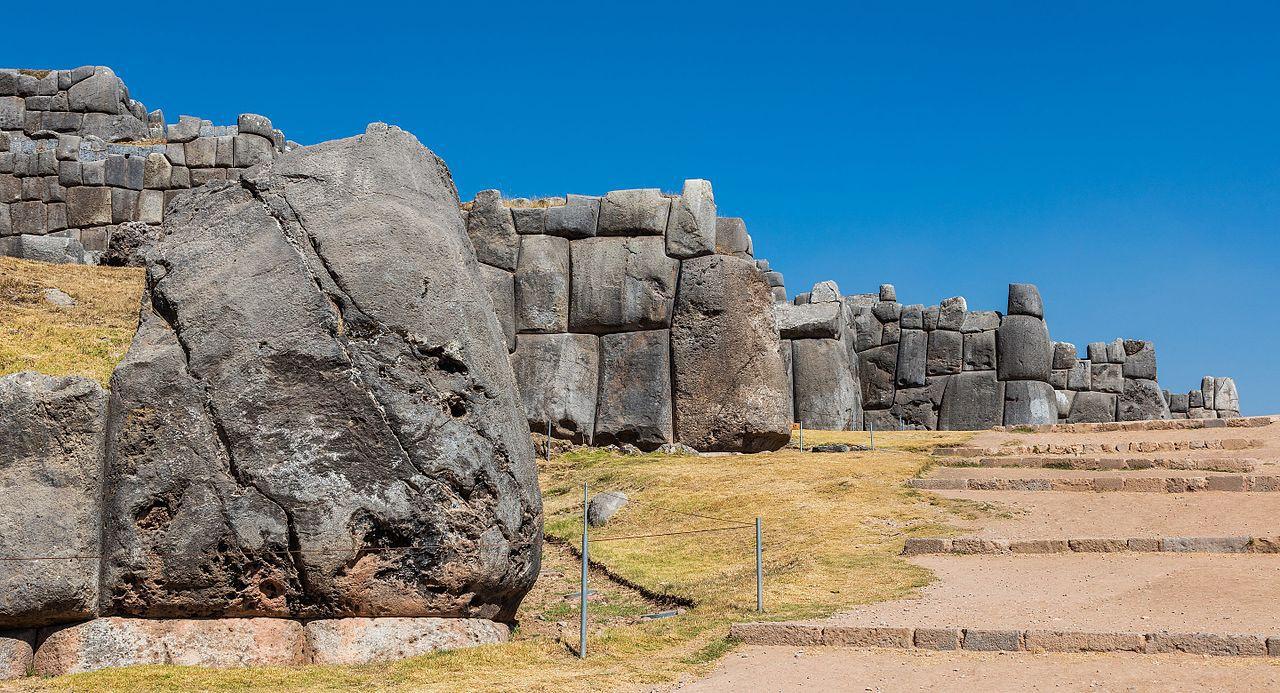
Source: Wikimedia
One such site is Sacsayhuaman, a region where tourists can stand face to face with enormous limestone stone blocks, the heaviest of which weighs in excess of 100 tons.
The Discovery of Sacsayhuaman
Sacsayhuaman was first discovered in 1934 when Peruvian archaeologists unearthed the remains of the structures from beneath the dirt and brush.
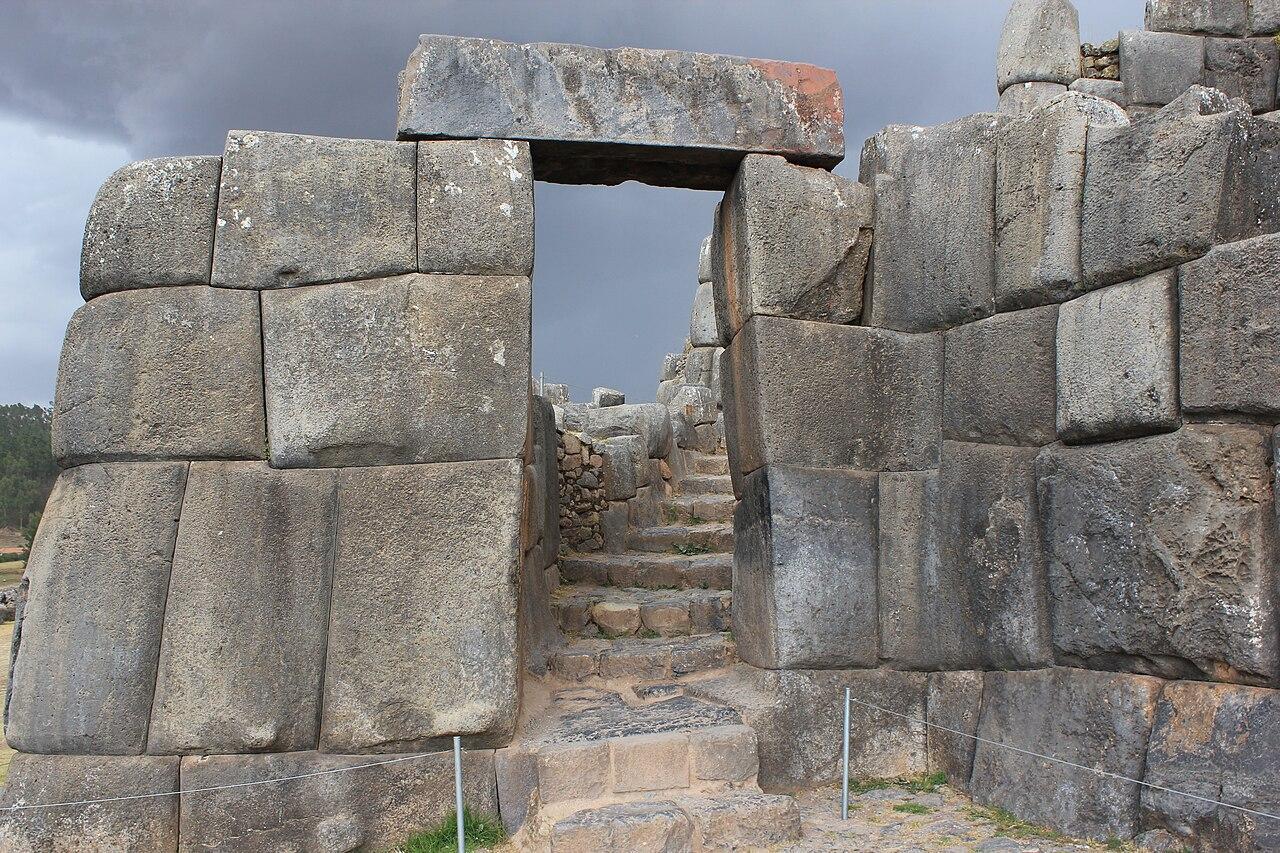
Source: Wikimedia
The site has fascinated researchers from around the world due to its complex design and the remarkable precision of the enormous stone blocks, which fit perfectly together without mortar.
Inca Legends of Sacsayhuaman
According to legends, the Inca constructed the site between 1438 and 1471 under the guidance of their leader, Pachacutec, the ninth emperor.
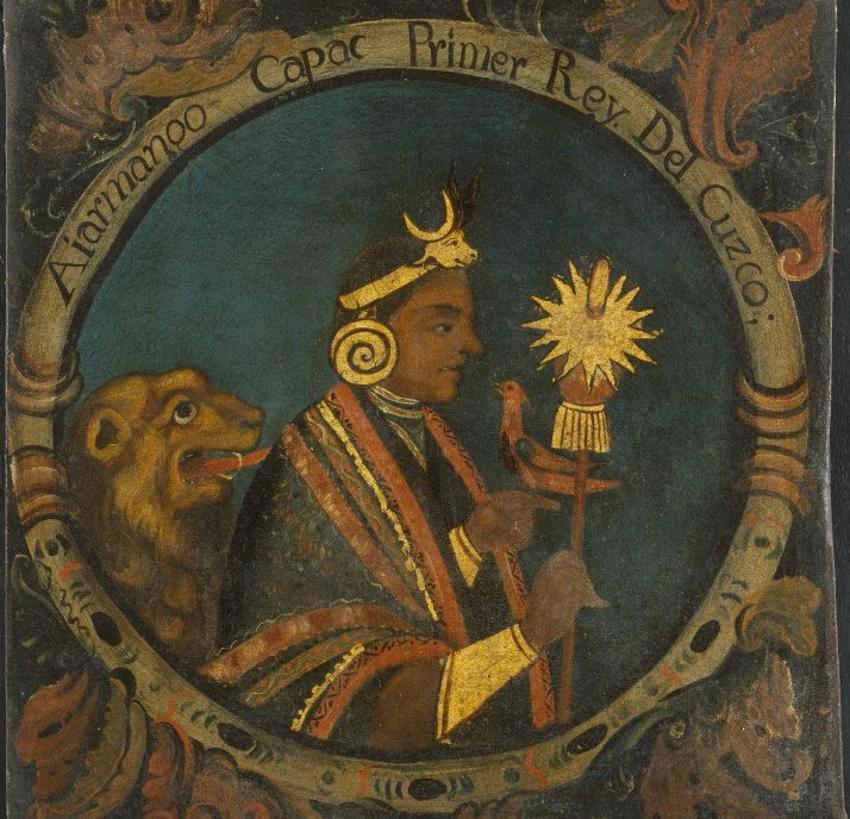
Source: Wikimedia
Despite archaeologists’ acceptance of this theory, alternative researchers have proposed a far more radical theory for such sites, suggesting they must be evidence of a lost civilization.
Researchers Begin to Lose Patience With Alternative Historians
Similar sites boasting masonry of the same highly precise nature can be found at other sites in Peru and the neighboring nation of Bolivia. This has only exacerbated the alternative theory that an ancient lost civilization once thrived in South America.

Source: Andrea Piacquadio/Pexels
Due to the never-ending amount of diverse theories being proposed by people online, archaeologists have begun to lose their patience with social media users, often firing back at their outlandish claims.
Flint Dibble Calls Out X User
After encountering one such theory, popular social media archaeologist @FlintDibble was forced to respond to a fellow X user.

Source: The Joe Rogan Experience/YouTube
@Archaeohistories posted their theory attempting to explain why the Incan and pre-Columbian utilized polygonal-shaped masonry. Yet, @FlintDibble wasn’t impressed with their analysis.
Built to Resemble Corn
The conflict began following a lengthy tweet by @Archaeohistories, which suggested that the Peruvian article design may be based on maize.

Source: Wikimedia
“It took me years to realize that Inca and pre-Columbian architecture is directly related to the structure of the corn kernels. In a Western model of thought, one might judge the shapes as irregular, but in a universal thought, everything is a correlation between the cosmos, science, art, and humanity,” they wrote.
Corn Forms in the Masonry
The X account @Archaeohistories quoted Juan Casco, a graphic designer who has spent considerable time researching the history of pre-Columbian cultures.
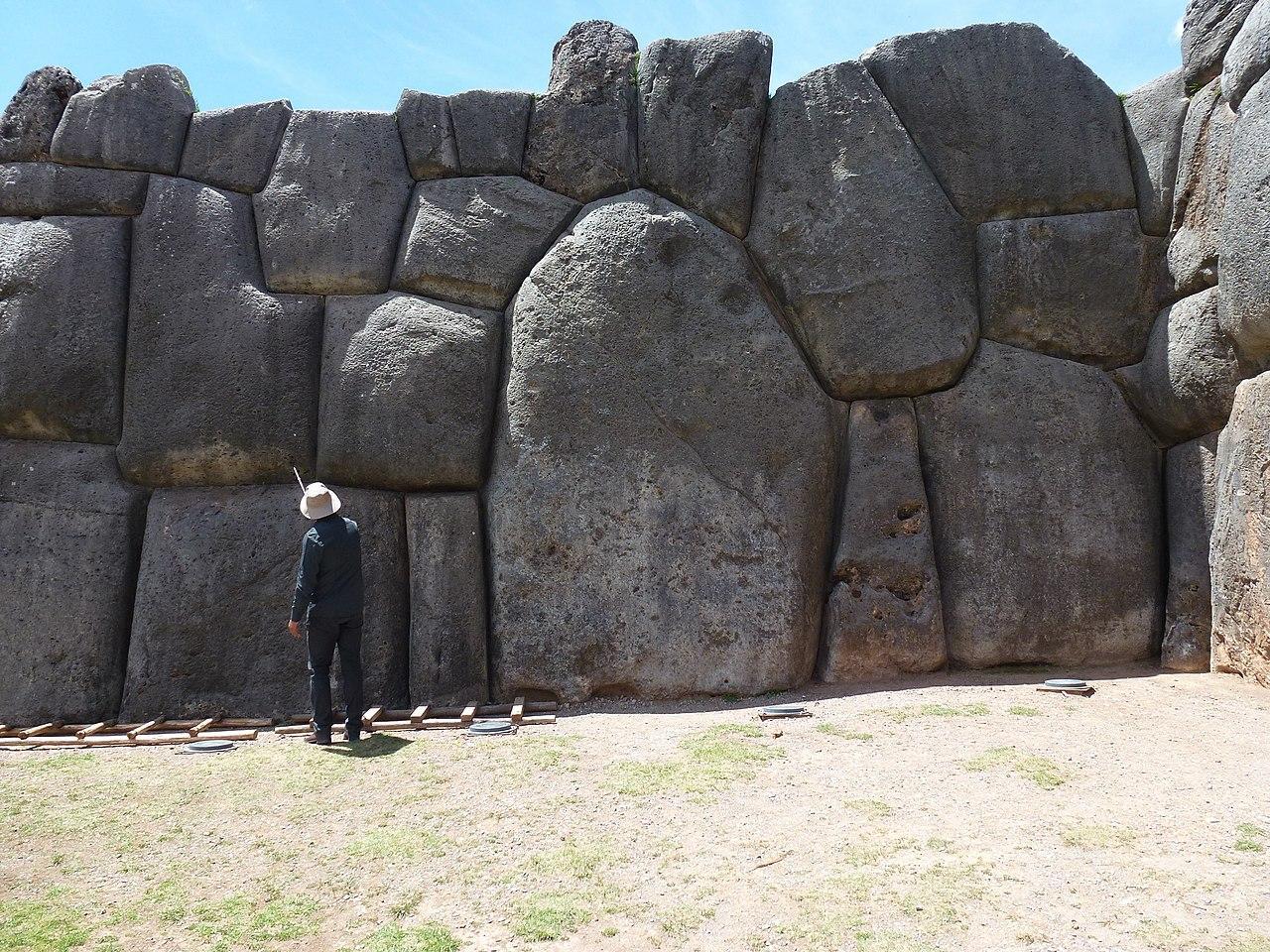
Source: Wikimedia
In an attempt to explain the design of the masonry, Casco said, “As you can see, the organic growth forms are represented in a logarithmic way, and the fact that these pentagonal, hexagonal, and heptagonal blocks coincide with the corn forms.”
Archaeologist Shares His Opinion on Polygonal Masonry
Despite considerable interest in the original tweet, which garnered over 1 million views since being posted in October 2023, @FlintDibble didn’t share the same enthusiasm.
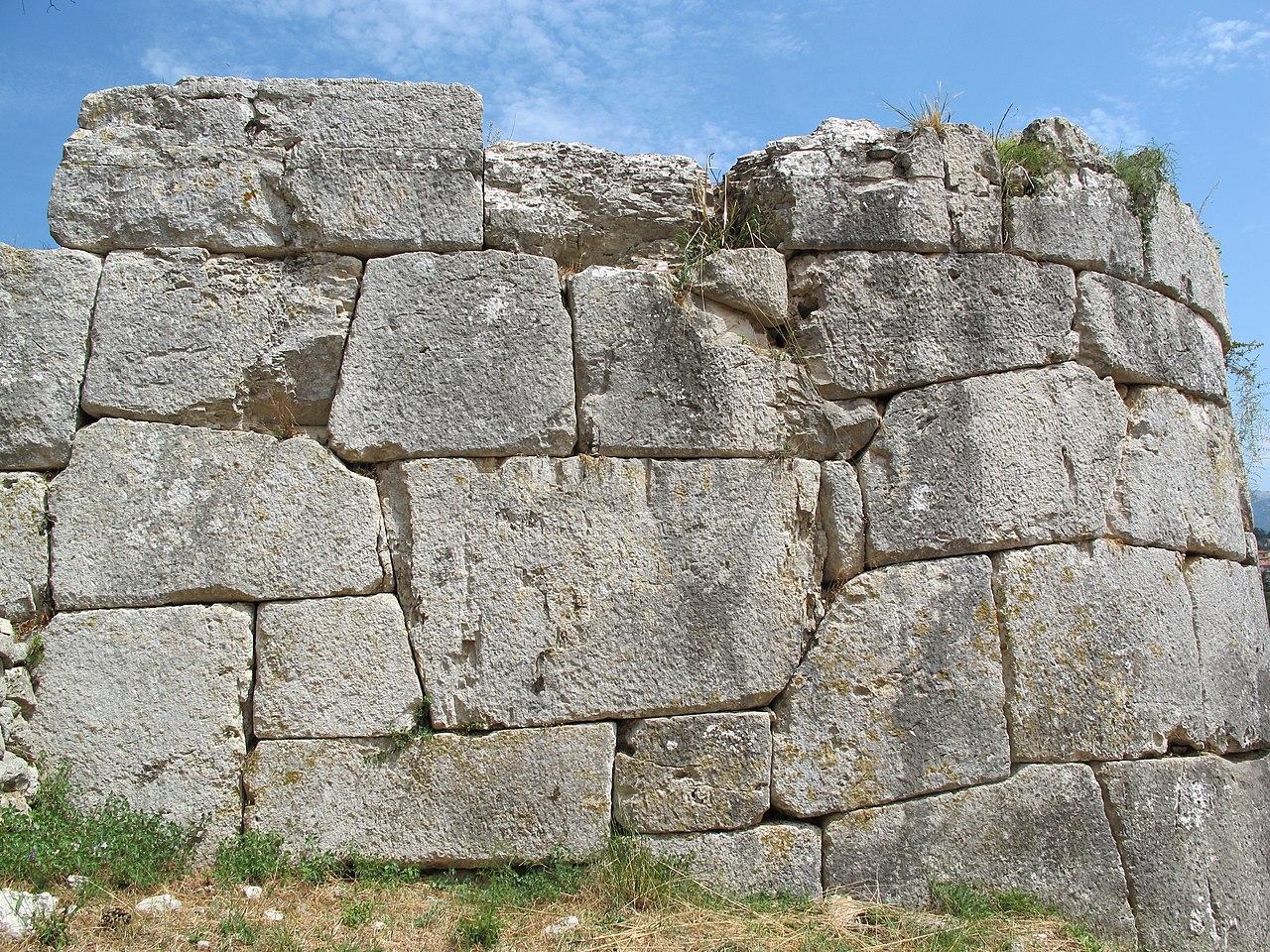
Source: Wikimedia
He attempted to dismiss the tweet and replied, “You do realize that similar polygonal masonry styles existed in ancient Greece where there was no knowledge of maize (corn)? It’s just an effective and durable way to build a dry stone wall. Why do so many people follow these accounts spouting fake stuff?”
Mixed Opinions on Flint Dibbles Comments
While many agreed with the archaeologist’s harsh criticism, others hit back, suggesting that his negativity was the reason behind his low follower count.

Source: Wikimedia
@Nate315 wrote, “Your account is a constant stream of negativity. For every post about the beauty of past peoples, you have seven about your scorn for those of the present. If you posted more about your love for history and less about whatever you’re feeling mad about – you would grow your following.”
The Earthquake-Resistant Walls
Regardless of the methods employed to construct the walls or why they opted for the polygonal finish, one cannot help but admire the beauty of the structures. However, some researchers have suggested that the purpose of the design goes beyond aesthetics.
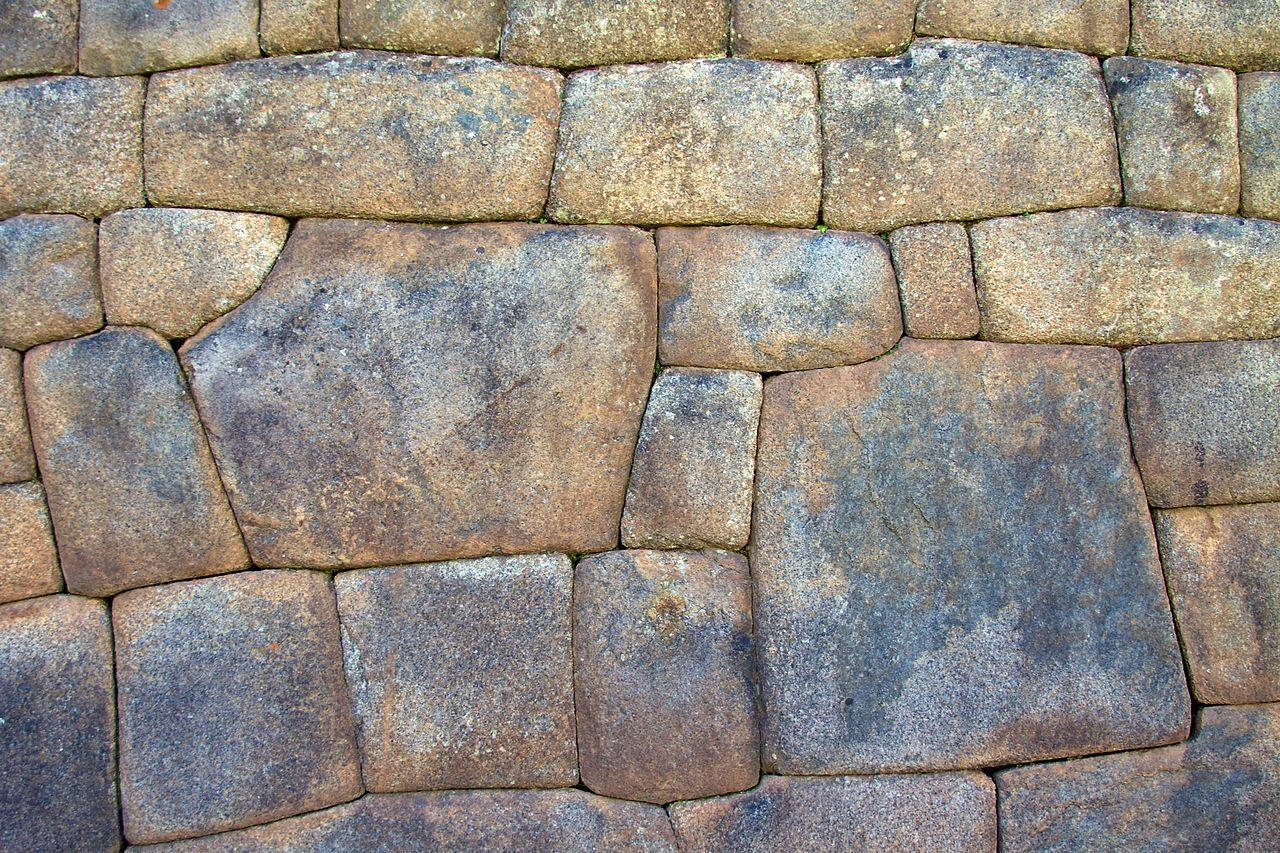
Source: Wikimedia
“The lack of symmetry in the walls helps dissipate the energy of the earthquakes. They were incredible engineers. Japanese researchers studied Machu Picchu after the Kobe earthquake and realized that these Inca structures had not been damaged by an earthquake,” wrote @Archaeohistories.
Can Walls Really Be Earthquake Proof?
Researchers have suggested that the enormous blocks, which sit together without mortar, were employed by ancient builders to help make the structures less prone to the effects of frequent earthquakes in the region.
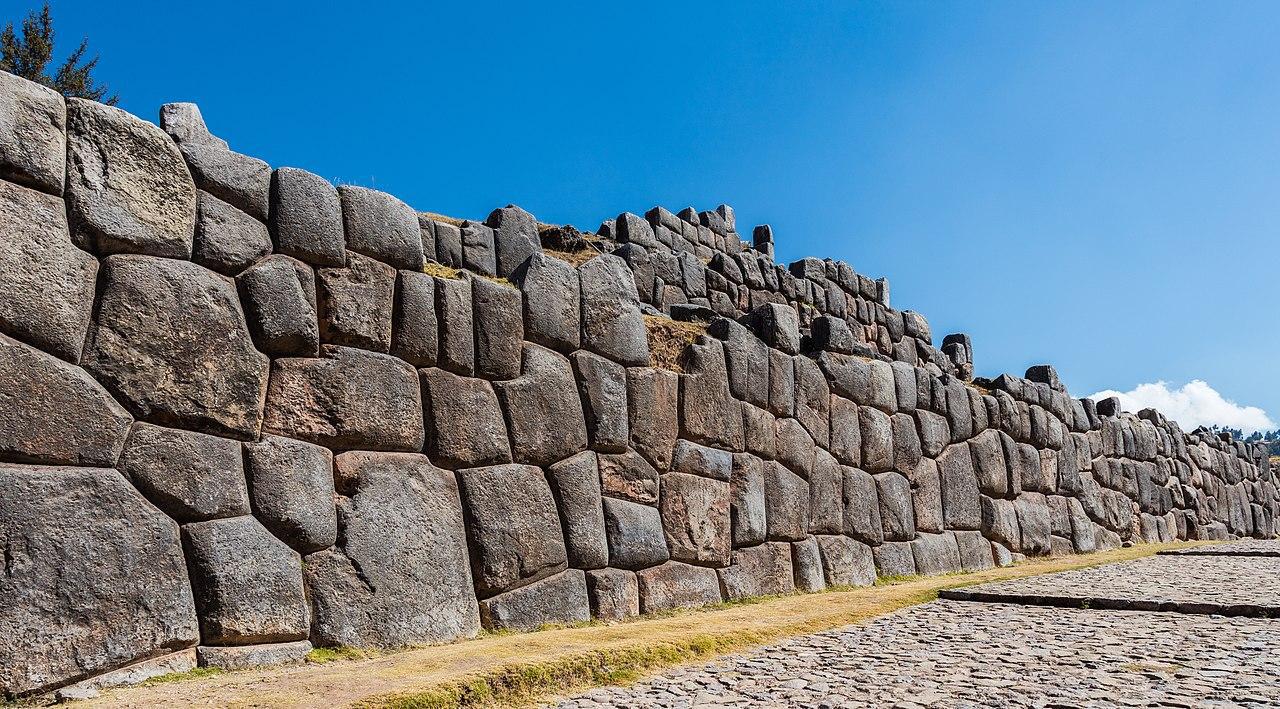
Source: Wikimedia
While the structures deemed “seismic-resistant buildings” are less likely to crumble during earthquakes when compared to those made of small boulders and rubble, researchers admit there is no such thing as an earthquake-proof structure.
Another Theory
While the ancient civilization probably didn’t build Saksaywaman to resemble corn, the architectural style of the Incas often incorporated characteristics of the topography and existing material of the land.

Source: Wikimedia
Beyond the practicality of the buildings and their ability to withstand nature’s elements like earthquakes, there could be a symbolic meaning behind this ancient structure.
Building Sacsayhuamán
Dr. Derek Cunningham, the author of “The Long Journey: 400,000 Years of Stone Age Science,” has put forward a theory that astronomical values were essential to the building of the Sacsayhuamán.
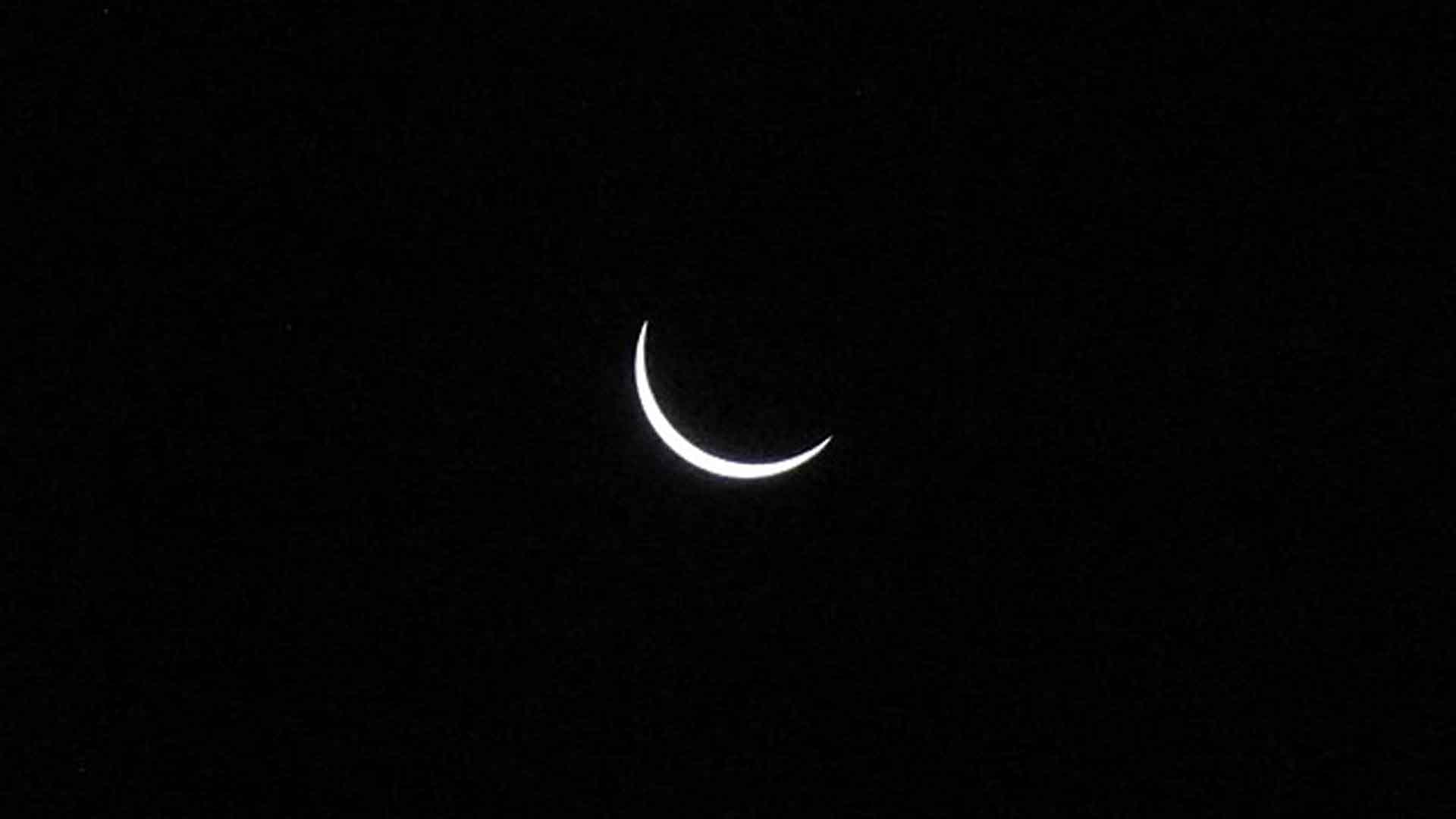
Source: Yampupata/Wikimedia Commons
This hypothesis is based on the writings of ancient civilizations that studied the motion of the moon and the sun. These astronomical values play a central role in predicting eclipses, which are then converted into angular values.
Ancient Monuments with Astronomical Value
There are approximately 9 standard values, and Cunningham has found them in ancient drawings and regional art. Some examples include the Stonehenge Lozenge, the Kharga Oasis Spider, and religious statues from Cyprus.
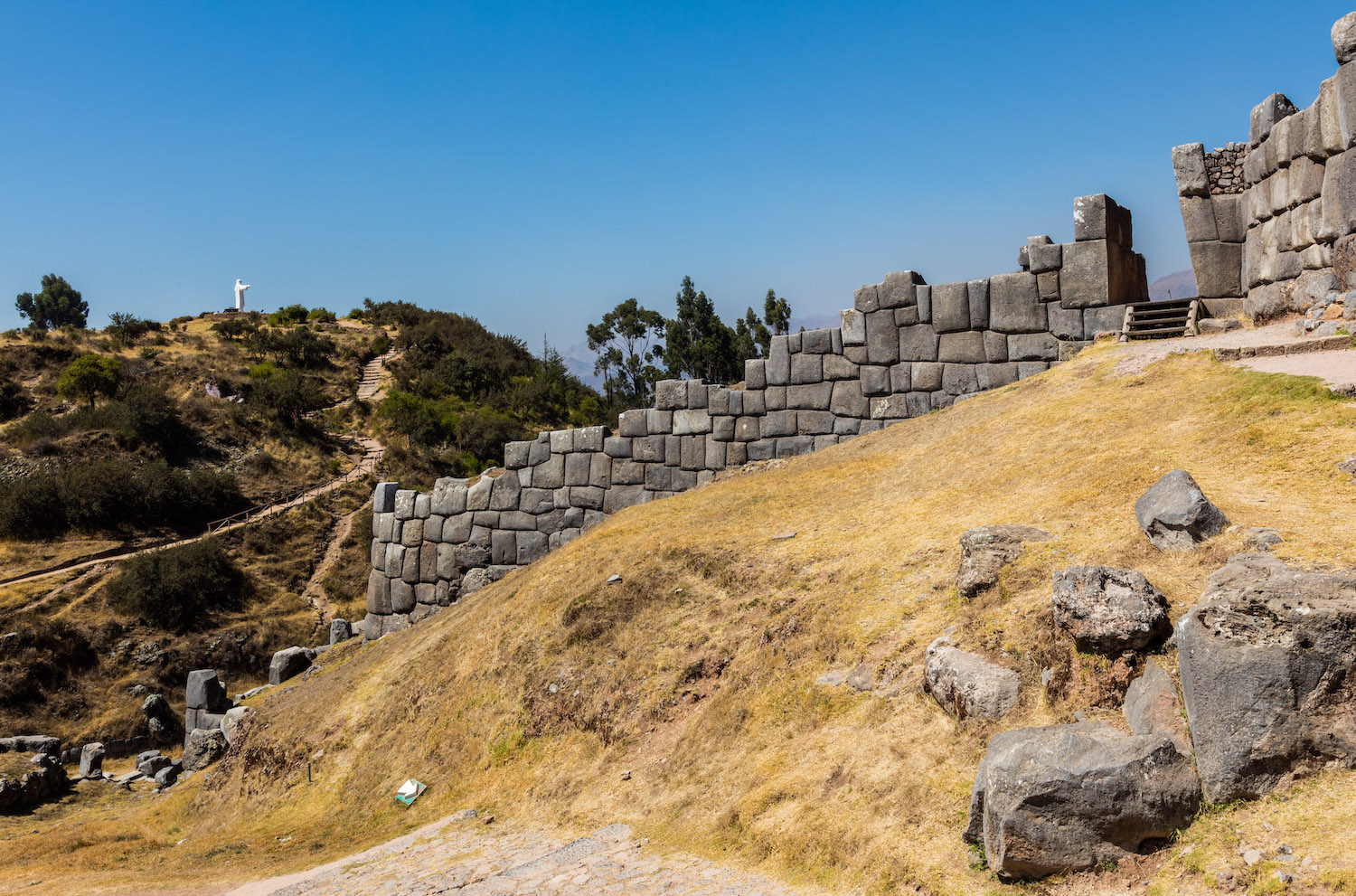
Source: Diego Delso/Wikimedia Commons
Now, Cunnigham is claiming that he has discovered the same values in the construction of the Sacsayhuamán stone wall.
Finding the Astronomical Value
Early astronomical texts discovered the sidereal month as the most important astronomical value, measuring either 13.66 or 27.32 degrees. This value represents the half and the full month.
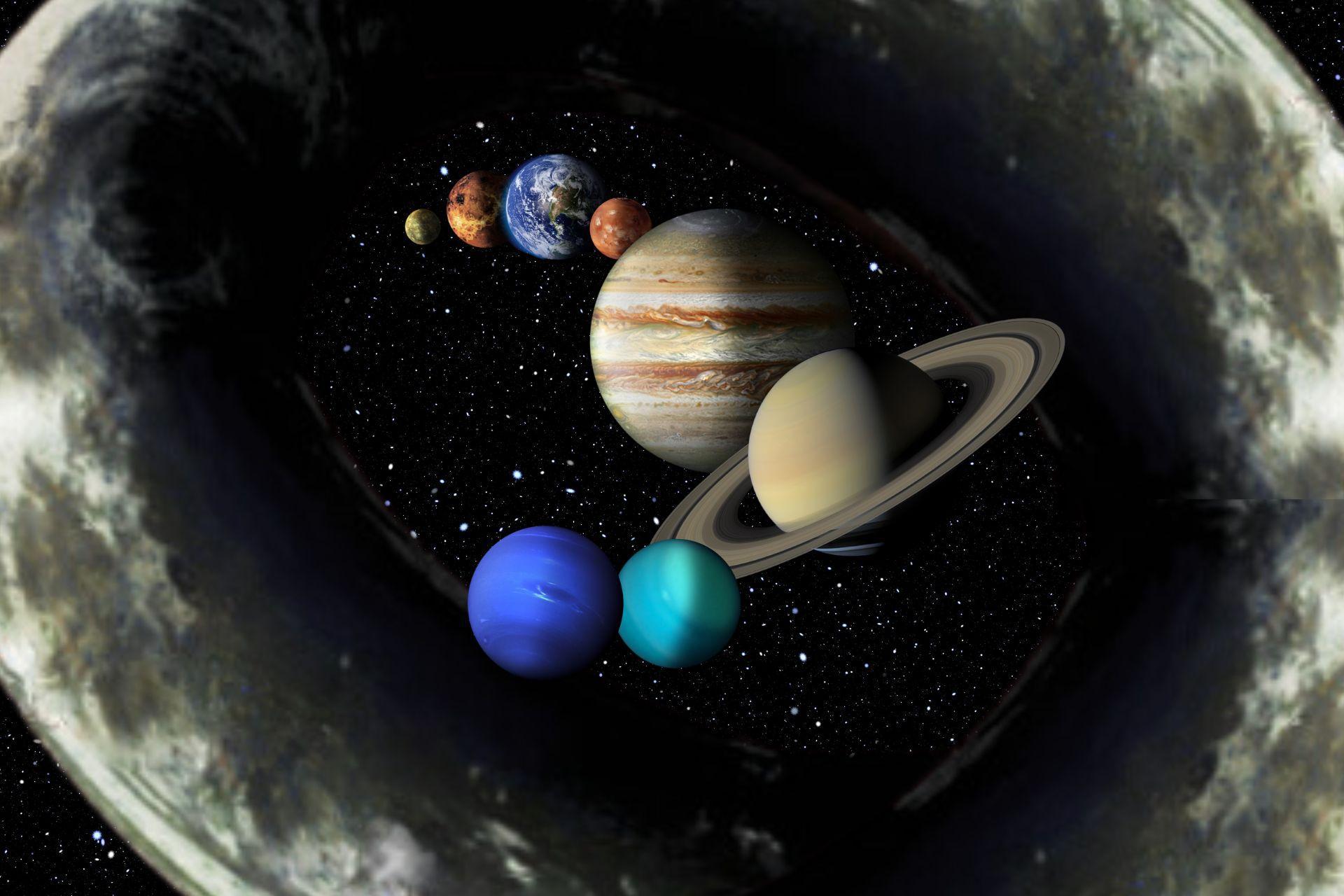
Source: Wikimedia/Canva
Once you know the sidereal month, you can easily calculate and track the other numbers along with the movements of the Earth and other objects in our solar system.
The Value of Astrology
We’ve seen astrological numbers before. Maybe you remember the madness of 2012. We all thought the world was going to end because the Mayan calendar, which measures the movement of the Sun, Moon, and stars as seen from Earth, just ended.

Source: Freepik
The Mayans were not the only ancient civilizations to have calendars. The Incas were able to define the constellations, stars, seasons, and more, and used important buildings to represent astronomical calendars.
Looking Up for Answers
Cunningham argues that Sacsayhuamán was designed to represent the view from above, not corn as @Archaeohistories suggested in their tweet.
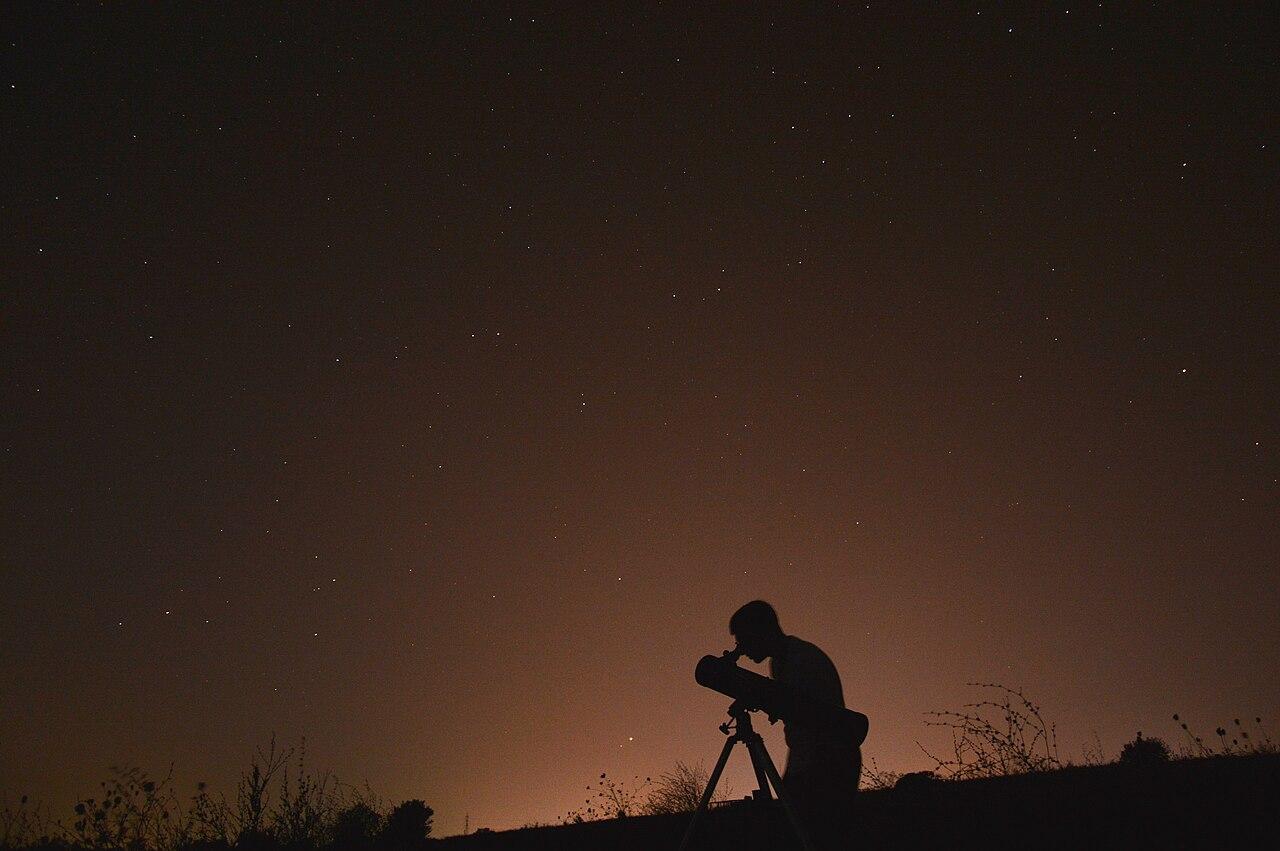
Source: Wikimedia
This theory would make the most sense since the Inca religion and day-to-day life were heavily influenced by astronomy. Being able to look up and note what was happening in the sky would have been beneficial to their culture and daily routine.
The Evidence Is in the Walls
Again, this is a theory that @FlintDibble could break down in another tweet. However, it draws on evidence that many ancient civilizations built monuments heavily influenced by astrology.
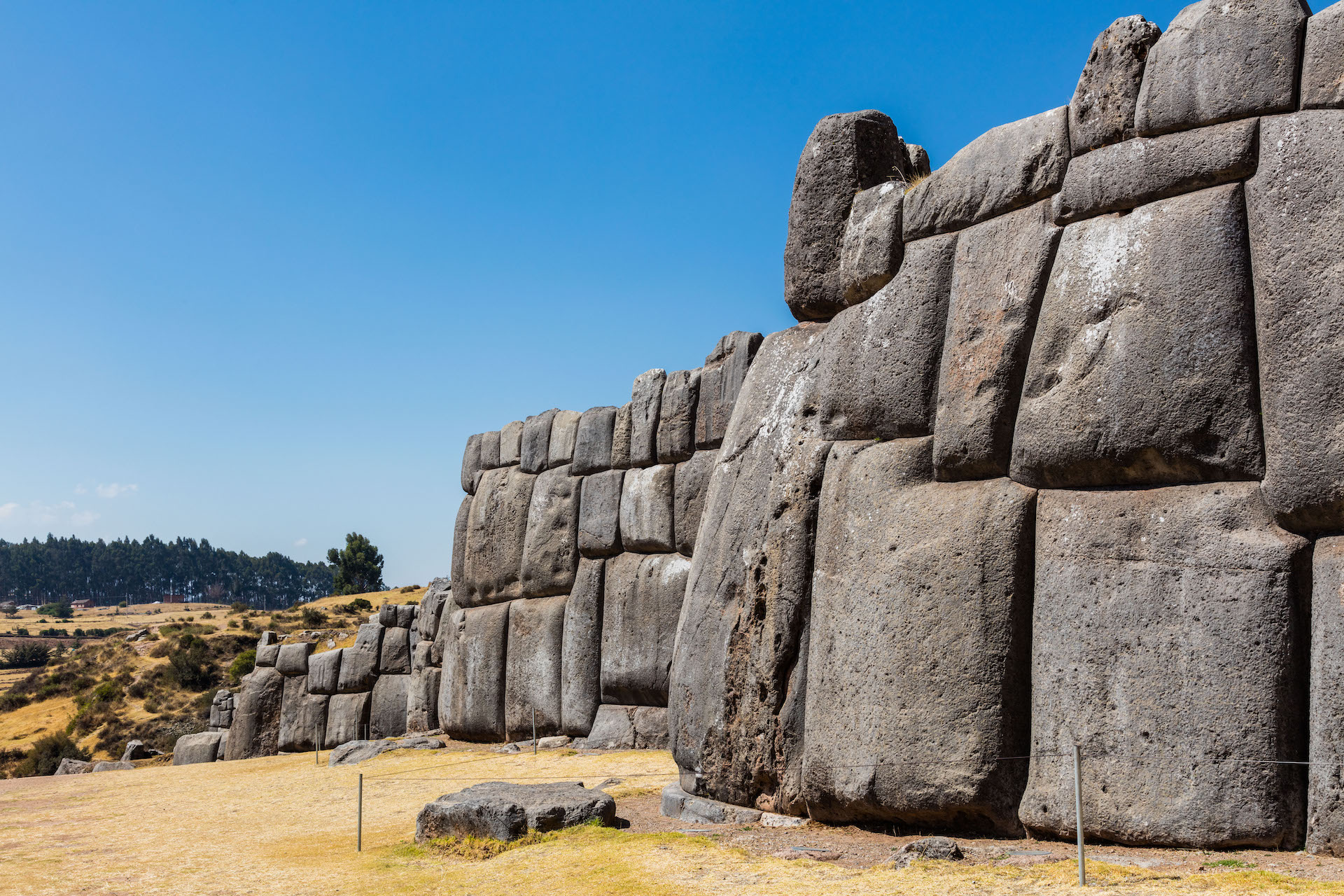
Source: Diego Delso/Wikimedia Commons
One of these is the causeways located in front of the Great Pyramids of Giza, and the lines making up the body of the Atacama Giant.
The First Universal Language
We can’t confirm this theory because many important artifact images are compressed and distorted when uploaded to the internet, and satellite images can’t replace direct ground studies.

Source: Wikimedia
While it could be interesting to see how the astrological value behind the design of this ancient structure could have been the first universal language, there is no possible way to know the truth.
A Window Into the Past
“The potential of the idea to explain some things about so many sites from the pyramids of Egypt to the Atacama Giant in Chile is very controversial, and it should be,” said Dr Cunningham in an article on Popular Archaeology.

Source: Freepik
“But if correct, it could rewrite some aspects of our understanding of not only the Stone Age but also world history. If, on the other hand, scholars prove this specific astronomical theory wrong, then we can move on, knowing that it has been sufficiently tested. What is most intriguing is that a complete new window may have been opened into the past.”
Sacsayhuamán Use
Some believe that Sacsayhuamán, meaning “place where the hawk is satiated,” served as a fortress due to its location. However, others suggest that the ancient structure might have been used for ceremonies.

Source: Wikimedia
Some suggest that the building could have served both purposes.
An Impressive Structure
Because the stones used in the construction weigh several tons, many have noted the project as impressive.
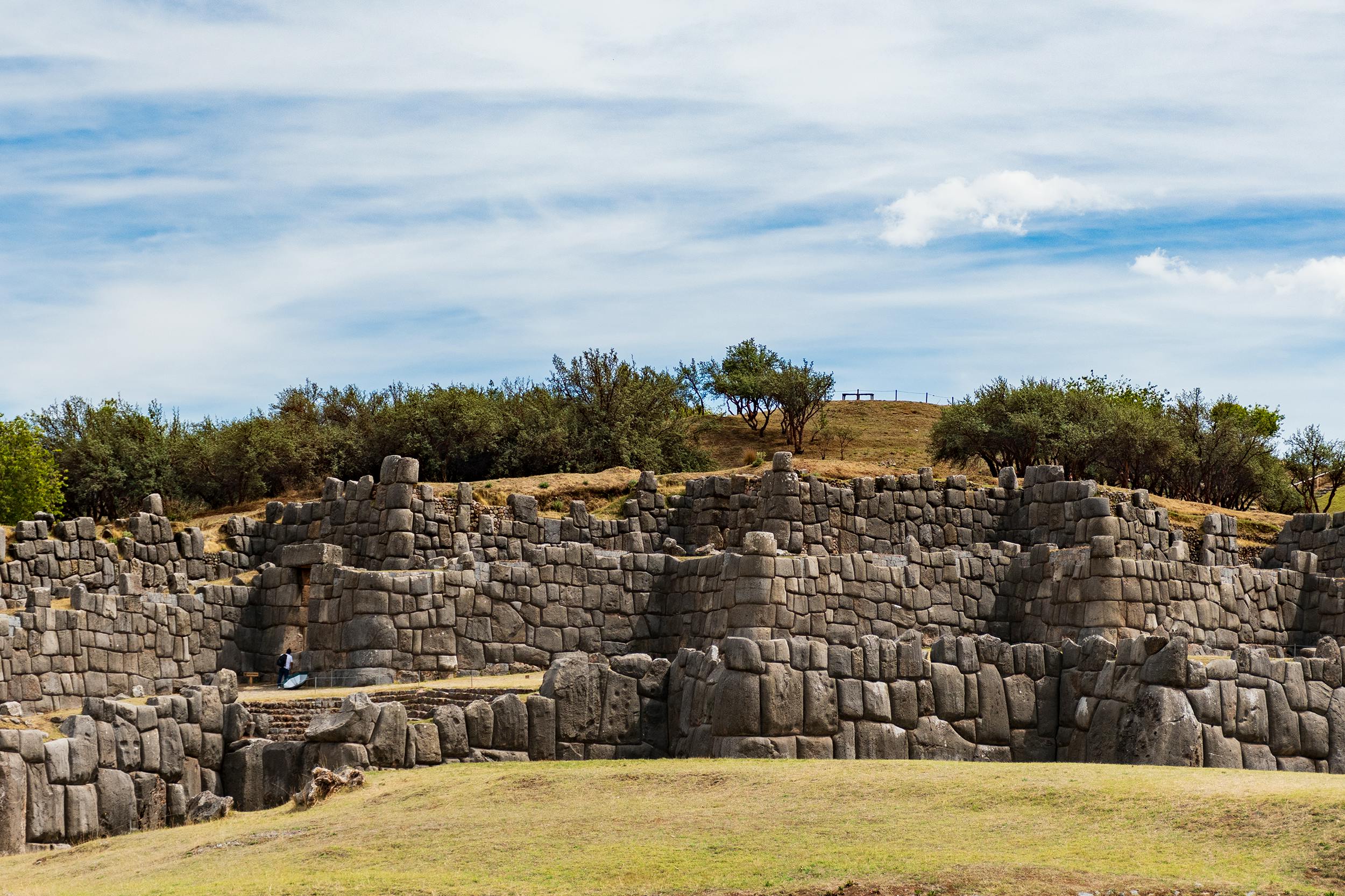
Source: José Solis Cruz/Pexels
The stones fit perfectly together, mostly likely shaved and shaped this way by those building it. Some stones of irregular and angular shapes that fit only the nearby stone. But why?
Take a Look Yourself
Whether the builders intended to resemble corn or used math inspired by the stars, there’s no denying that Sacsayhuamán captivates scholars everywhere with its breathtaking structure.
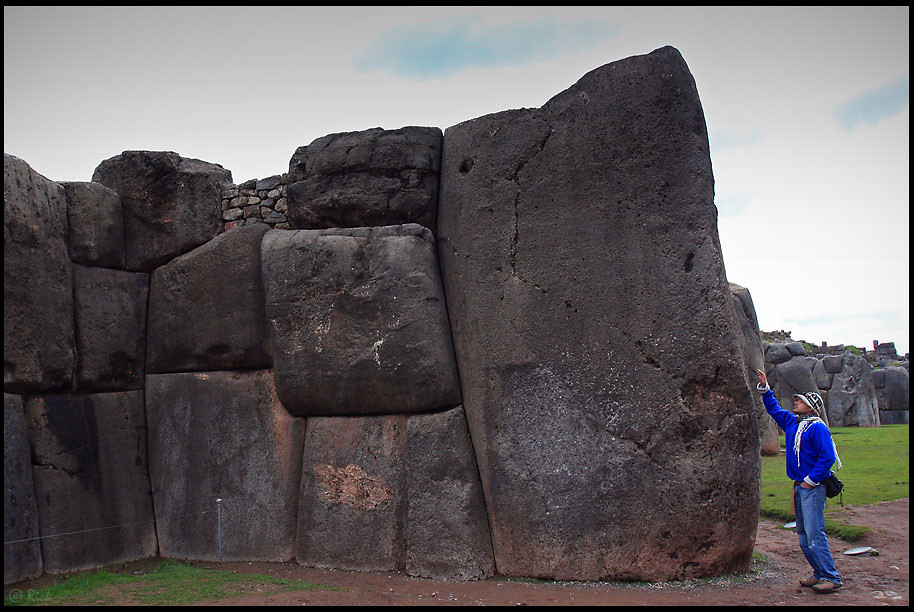
Source: rickz/Flickr
Even if you are not trying to figure out the purpose of the structure, you can visit it by hiking or taking a taxi from Cusco.
